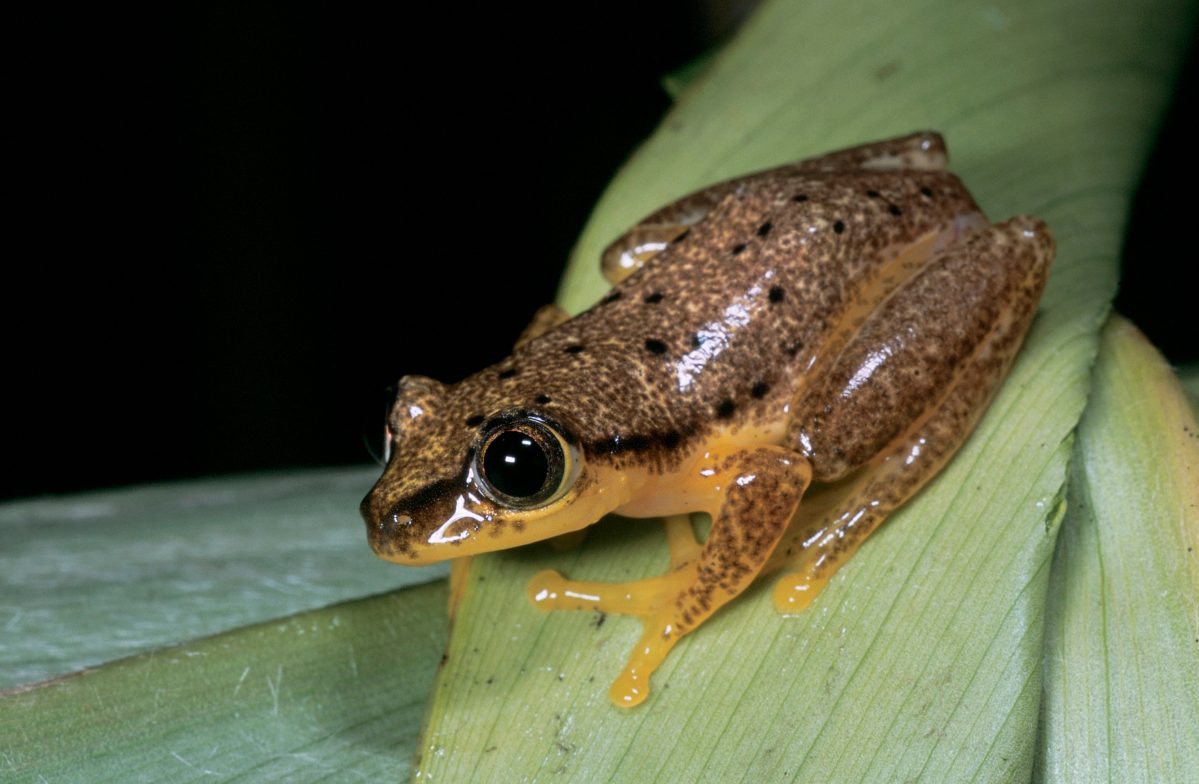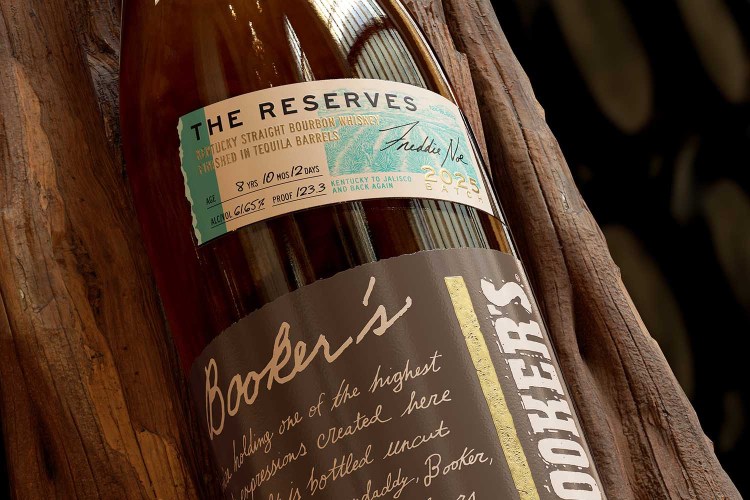There are about 7,000 species of frogs and toads in the world today, and over a third of them can be found in rainforests around the world. But the fossil record for amphibians from wet, tropical environments are incredibly rare, which means paleontologists have few clues about their evolution. But a new discovery might help. Lumps of amber dating back to the Cretaceous Period have revealed a set of four tiny tropical frogs that lived along the dinosaurs. This makes them the oldest frog fossils of their kind. The specimens also include the remains of an ancient frog that is complete enough to be described as a new species, National Geographic reports, called Electrorana limoae.
These are the most ancient frogs ever found preserved in amber https://t.co/2lxpYqZtmM pic.twitter.com/EgnyCxwl6p
— Gizmodo (@Gizmodo) June 15, 2018
“It was exhilarating to hold these small fossils up to the light to reveal the frogs within,” says David Blackburn, a paleontologist at the Florida Museum of Natural History in Gainesville to Nat Geo. “We have few small and intact fossil frogs, and the primary specimen of Electrorana is a rare find.”
The 99-million-year-old frogs came from the same amber deposits in northern Myanmar that have produced other rare fossil finds, like a dinosaur tail, baby birds, intact bird wings and lots of insects. Some findings, like bits of bamboo or aquatic spiders, suggest that the Cretaceous environment was a rainforest.
Thanks for reading InsideHook. Sign up for our daily newsletter and be in the know.


















